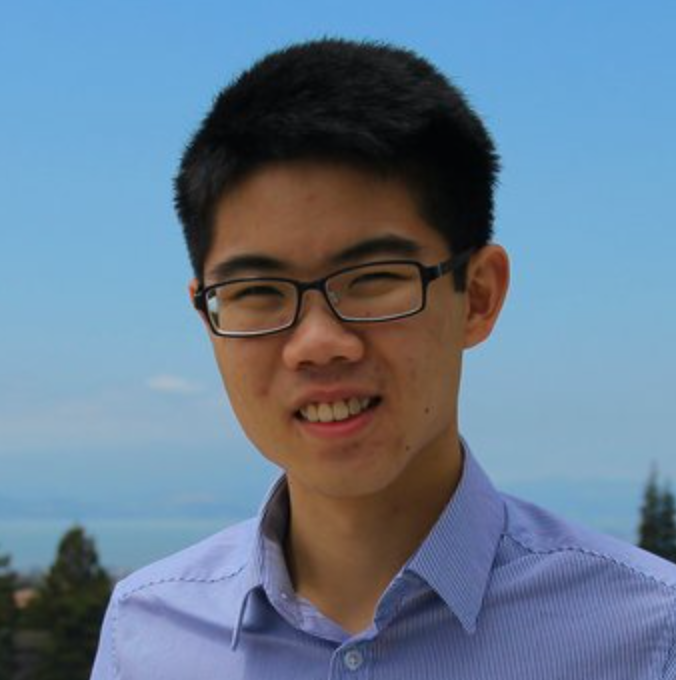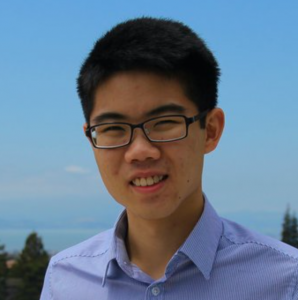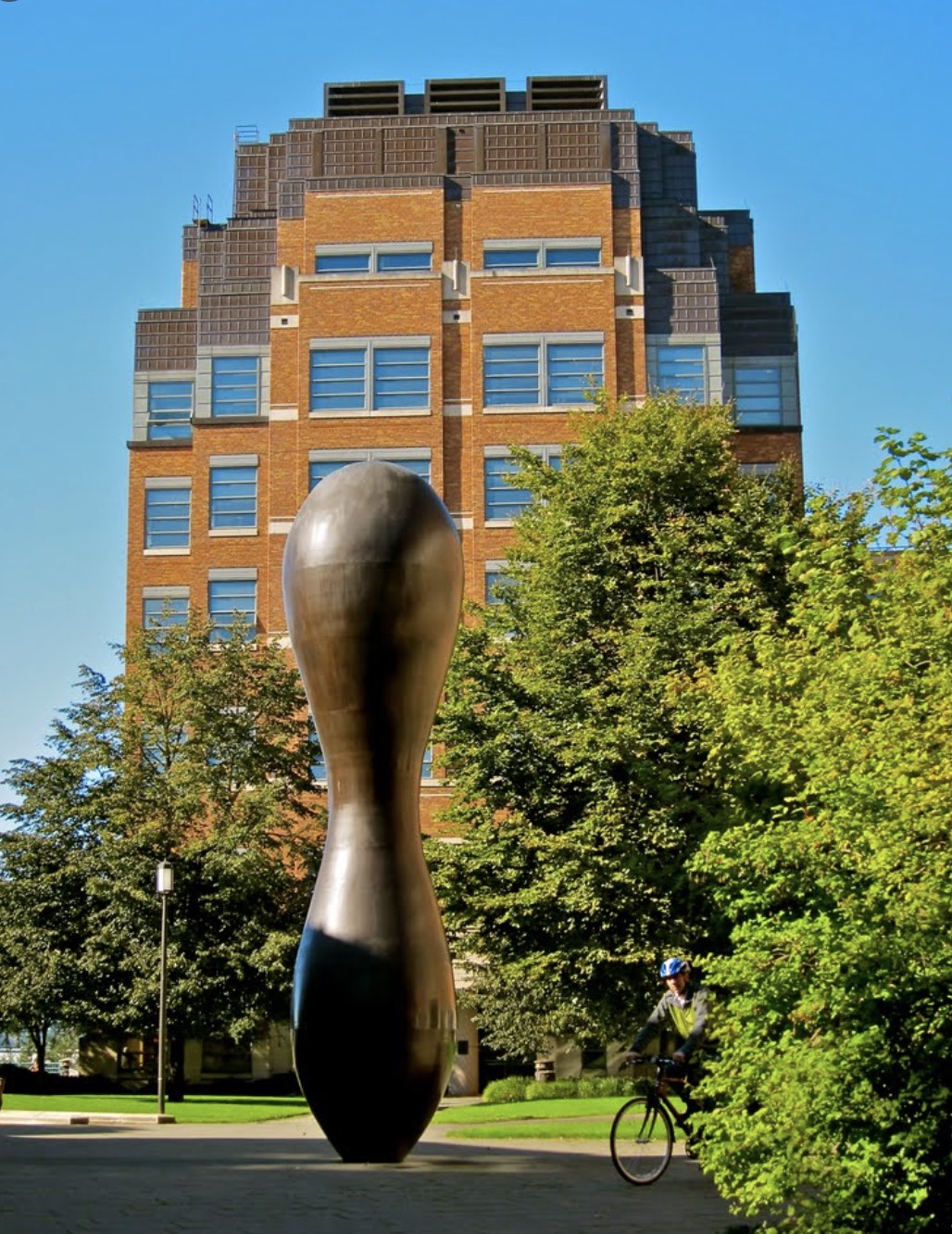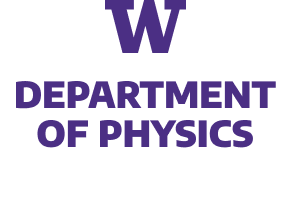
Topological order from finite-depth circuits and measurements: from theory to quantum devices
Nat Tantivasadakarn, Caltech

A fundamental distinction between many-body quantum states are those with short- and long-range entanglement (SRE and LRE). The latter, such as cat states, topological order, or critical states cannot be created by finite-depth circuits. Remarkably, examples are known where LRE is obtained by performing single-site measurements on SRE states such as preparing the toric code from measuring a sublattice of a 2D cluster state. I will present a general framework of how and why these known protocols give rise to long range entanglement based on interpreting the cluster state measurement as implementing the non-local Kramers-Wannier transformation. This provides a scalable and practical way to “gauge” a symmetry using only finite-depth circuits and measurements, and moreover allows us to go beyond the preparation of stabilizer states. In addition, we find a complexity hierarchy on long-range entangled states based on the minimal number of measurement layers required to create the state. I will argue that certain phases of matter cannot be prepared using any finite number of layers, while remarkably certain non-Abelian topological orders can be prepared in a single round of measurement. As an application, I will outline how current NISQ devices, ranging from Rydberg atom arrays to Google’s quantum processors, c an scalably prepare a large class of exotic phases such as non-Abelian topological order and even fracton phases.
This talk is based on 2112.01519, 2112.03061, 2209.03964, and 2209.06202



